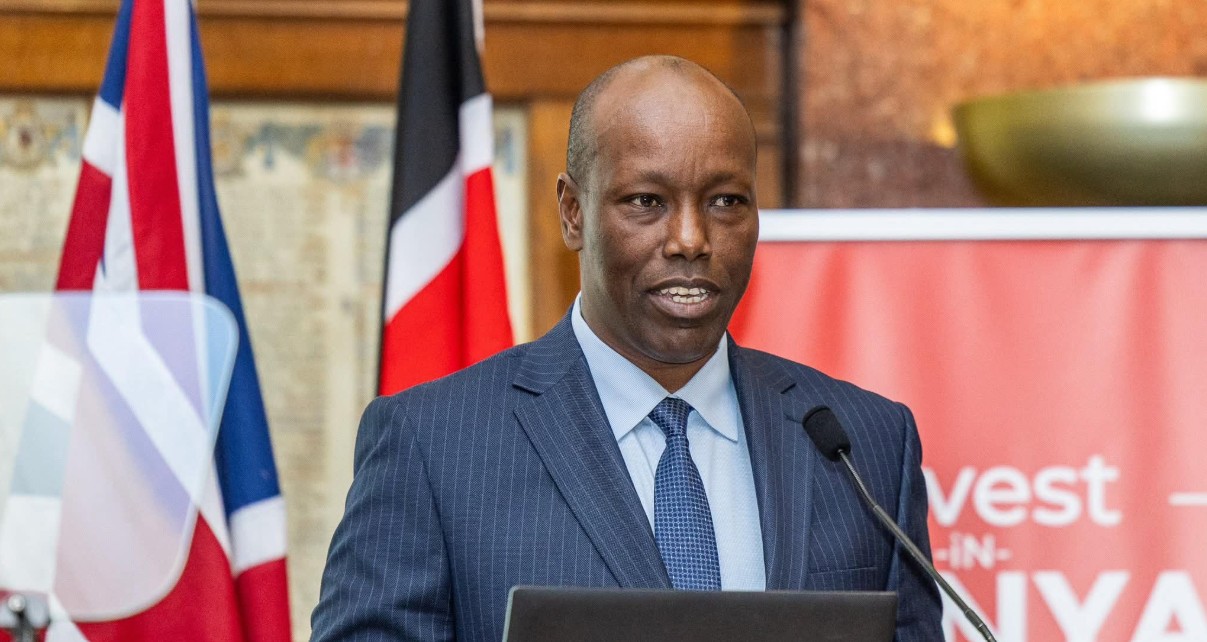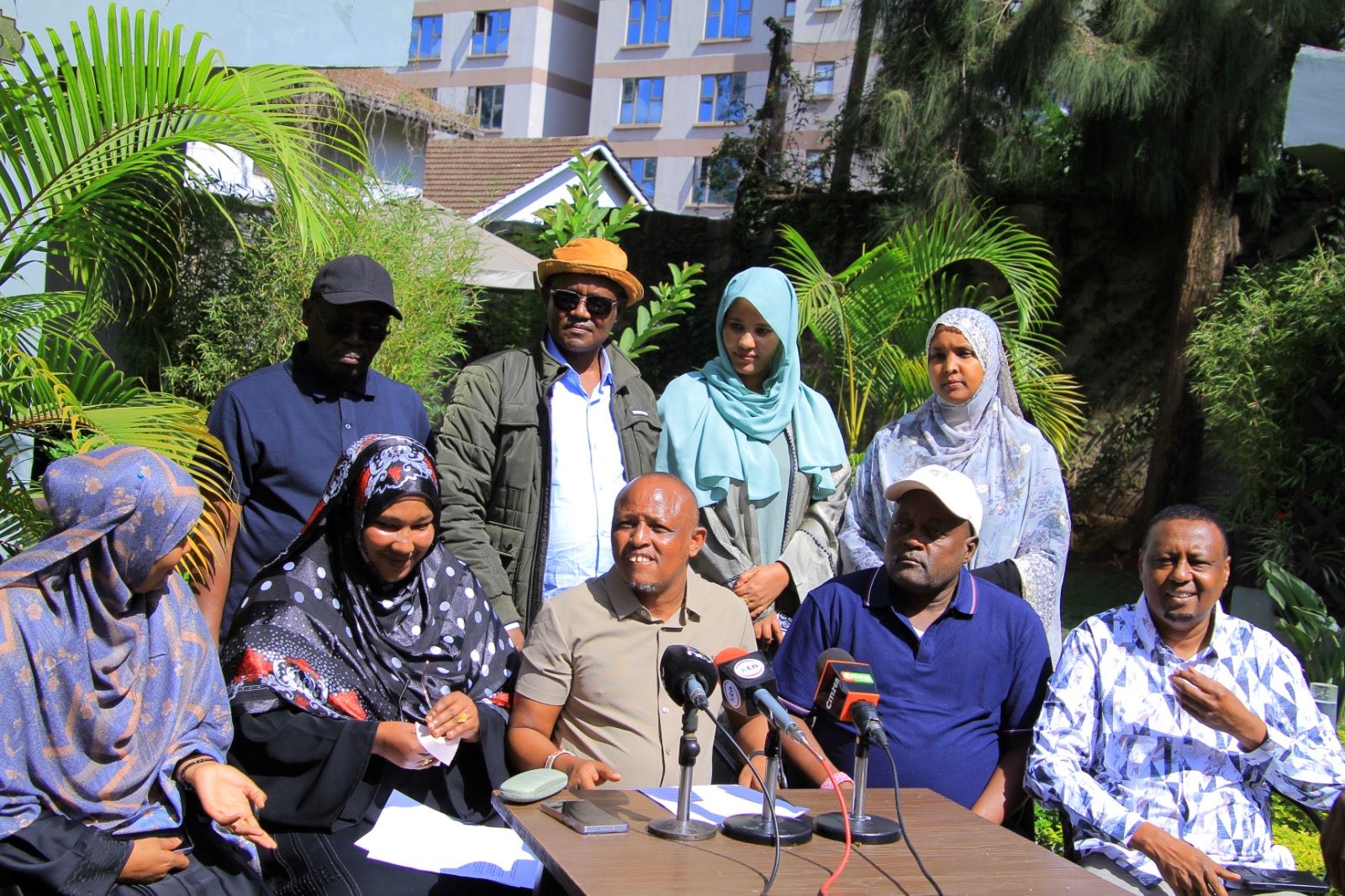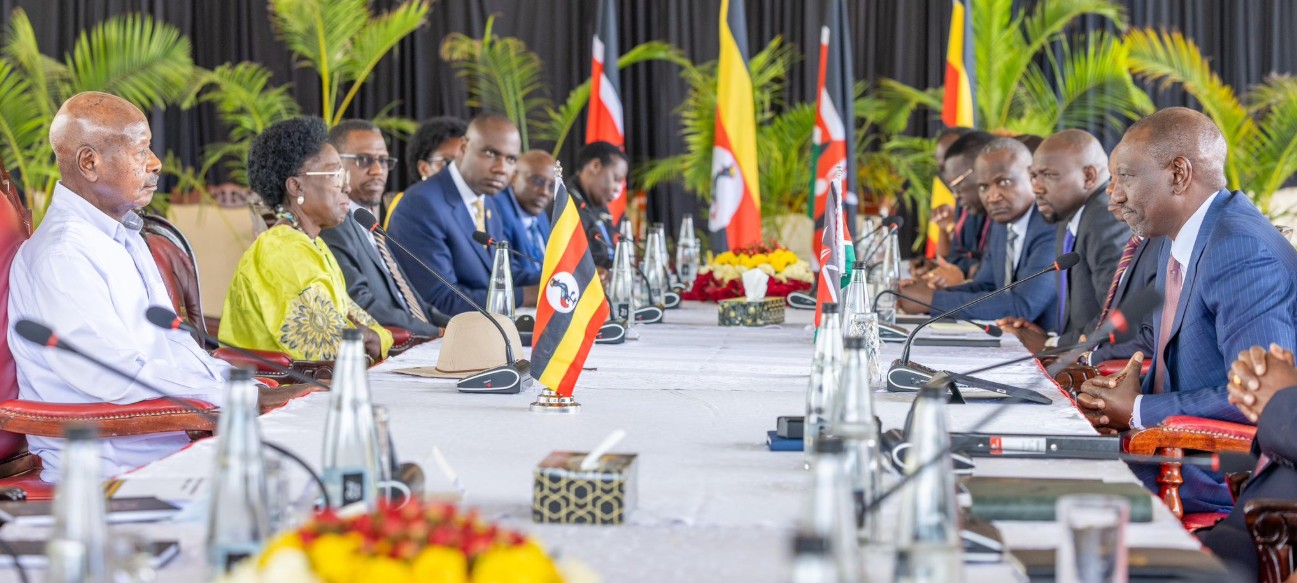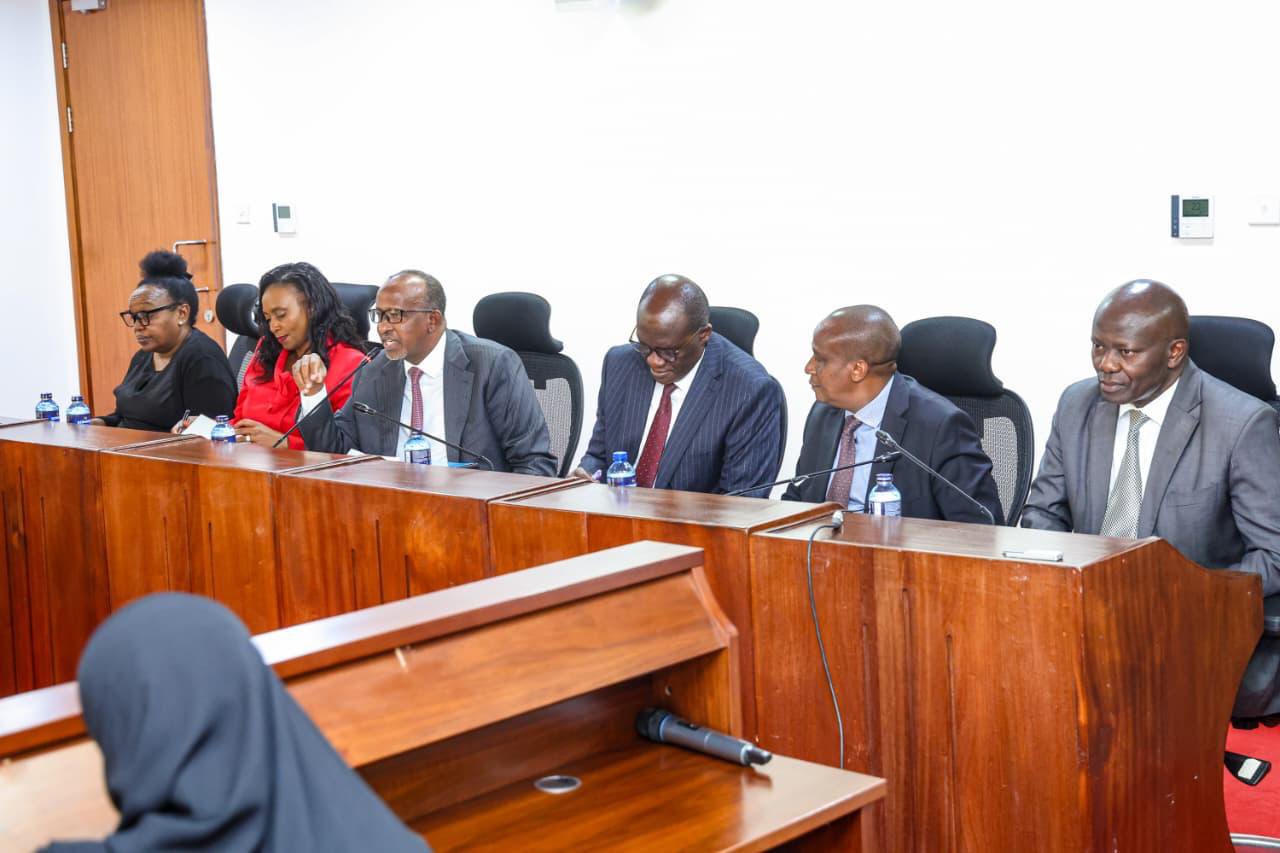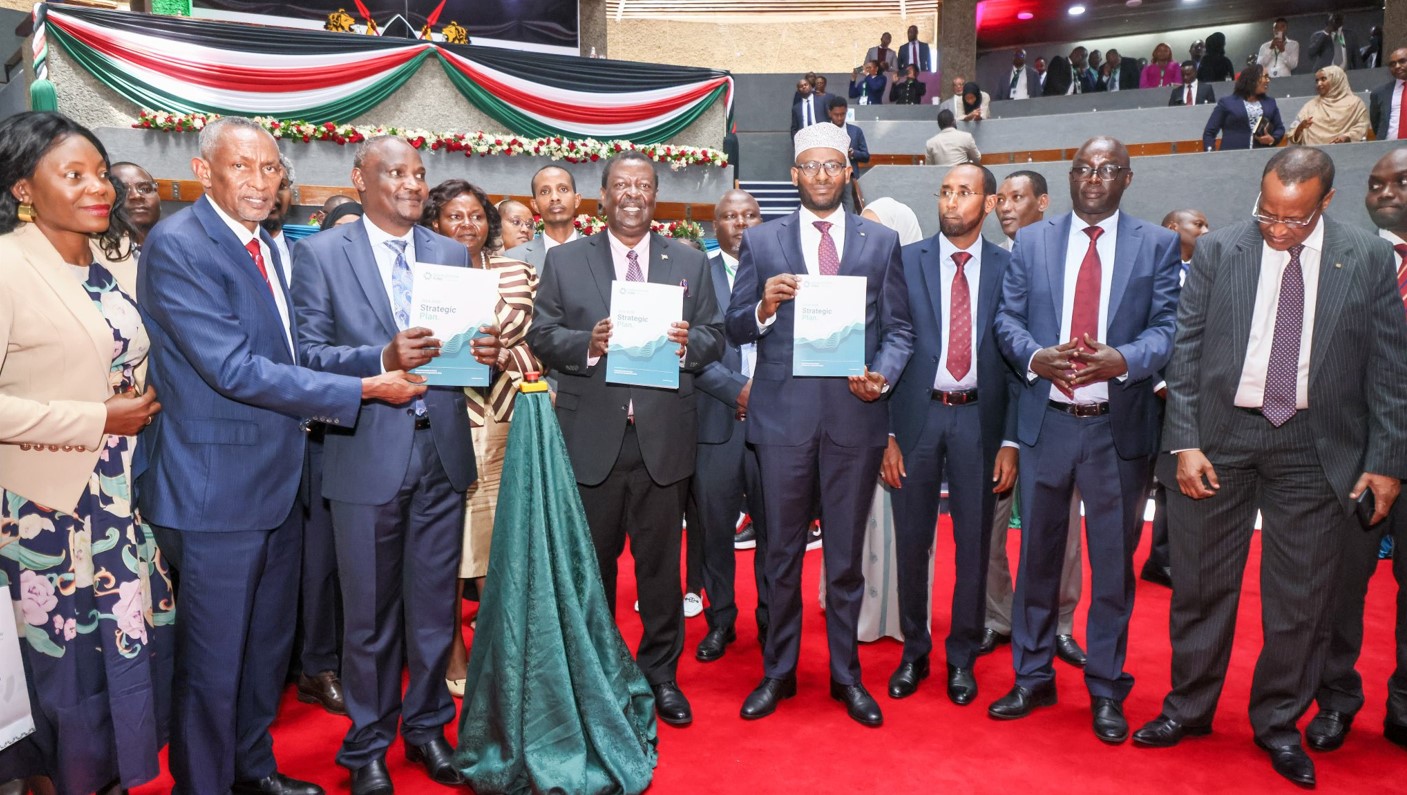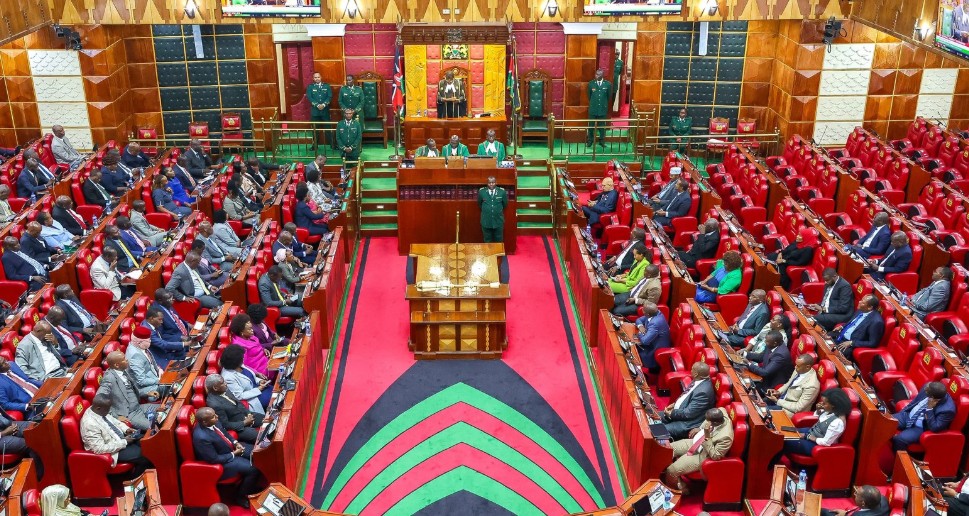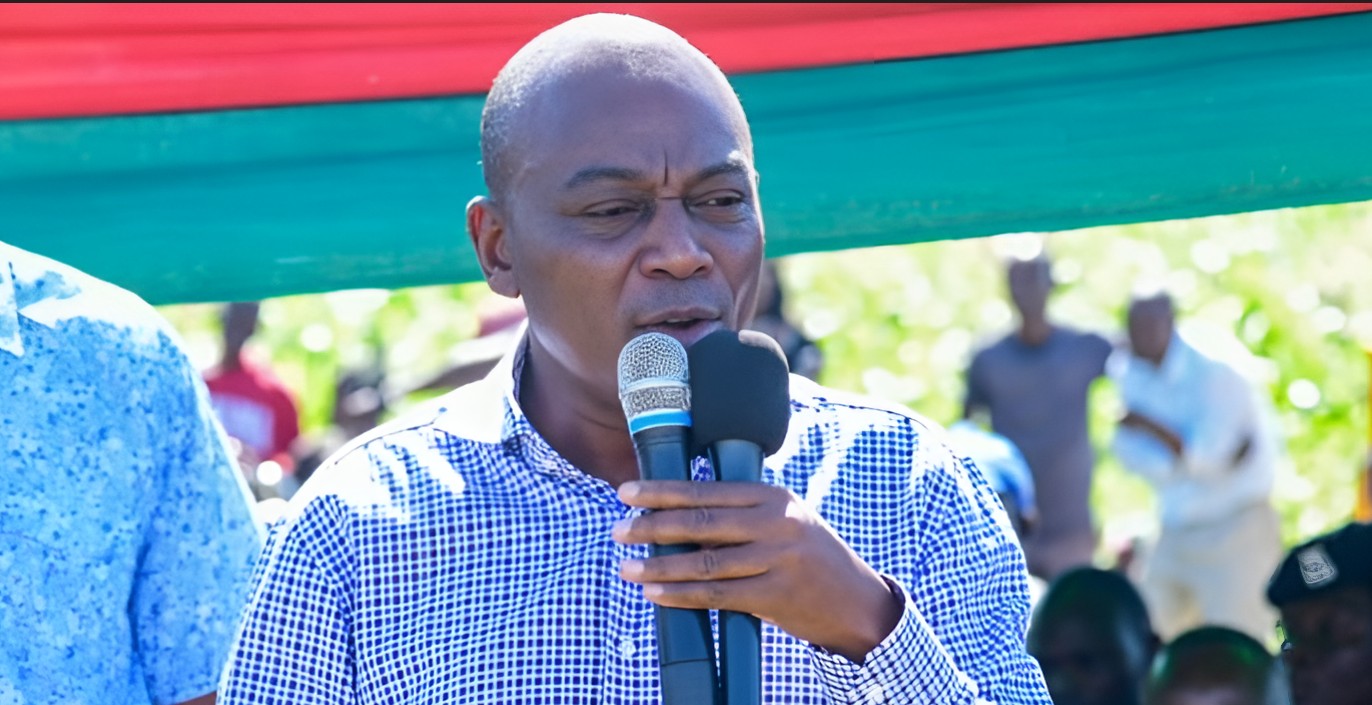Sakaja's administration spends billions on legal fees, garbage as development lags
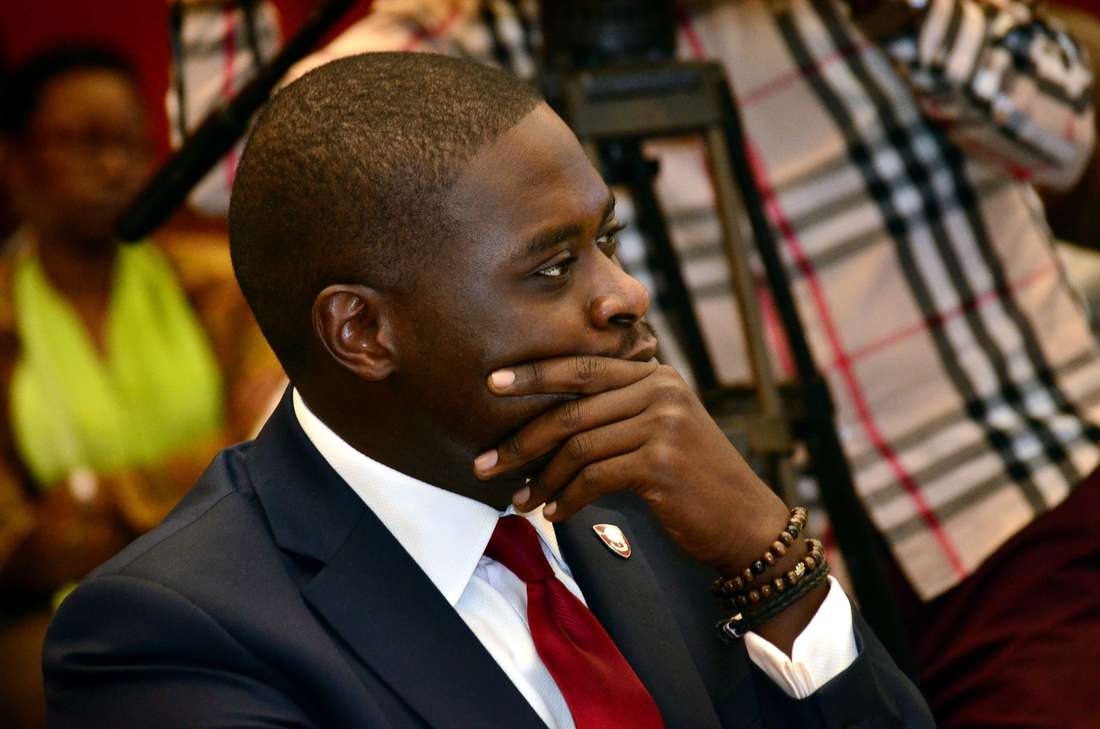
A total of Sh19.38 billion was channelled into recurrent expenditure. Out of this, Sh12.27 billion went to employee compensation while Sh6.12 billion was used for operations and maintenance.
Nairobi County spent more than seven times on recurrent expenses, including legal fees, garbage collection and payments to creditors, than it did on actual development projects in the first nine months of the current financial year, a new report reveals.
According to the County Budget Implementation Review Report by the Controller of Budget covering July 1, 2024, to March 31, 2025, Governor Johnson Sakaja’s administration received Sh21.81 billion during this period, but only Sh2.43 billion went to development programmes.
More To Read
- Controller of Budget warns of funding delays as counties miss budget deadlines
- Former Nairobi Finance CEC tells court State House plotted to oust Sonko over anti-graft stance
- Kenya's oversight bodies crippled by underfunding, government disregard, report reveals
- KISIP II: Thousands in Nairobi to benefit from major upgrade of informal settlements
- Report recommends granting punitive powers to Auditor-General and Controller of Budget
- City Hall to arrest hawkers, customers for selling and buying goods in undesignated areas
“Expenditure on development programmes represented an absorption rate of 17 per cent, while recurrent expenditures represented 66.1 per cent of the annual recurrent expenditure budget,” the report states.
A total of Sh19.38 billion was channelled into recurrent expenditure. Out of this, Sh12.27 billion went to employee compensation while Sh6.12 billion was used for operations and maintenance.
The report exposes that Sh3.3 billion was used on legal fees, garbage management and settling other creditor demands. Solid waste management alone took Sh1.13 billion, legal fees accounted for Sh892.1 million, and other creditors were paid Sh1.3 billion.
The breakdown further shows Nairobi spent Sh262.09 million on disaster-related items, Sh216.81 million on per diems, and Sh63.68 million on hiring heavy equipment.
Foreign travel, events and branding took up large chunks as well, with Sh167.1 million spent on foreign conferences, Sh58.3 million on event management, Sh35.5 million on local conferences, and Sh47.5 million on advertising.
Other costs included Sh28.69 million for uniforms, Sh27.98 million on vehicle tyres, Sh18.19 million for public participation, Sh16.8 million on hose pipes, and Sh12.5 million on spare parts.
The county also used Sh11.2 million on cleaning market centres, Sh10.3 million on communication gadgets, Sh9.6 million on campaign materials, and Sh9.5 million on consultancy fees.
Staging and branding cost Sh4.7 million, signage works Sh2.1 million, bulk filters Sh2.8 million, videography Sh1 million, and working tools Sh1.6 million.
Despite the low spending on development, a substantial part of that amount was not directed to new or ongoing infrastructure but rather used to clear debts.
The report shows that from the development budget, the County Executive used Sh893.92 million to settle pending bills. The County Assembly also used Sh1.96 million from its development allocation for the same purpose.
Nairobi currently leads all 47 counties with the highest pending bills, which stand at Sh115.69 billion, even after settling Sh5.94 billion during the reporting period.
Top Stories Today
